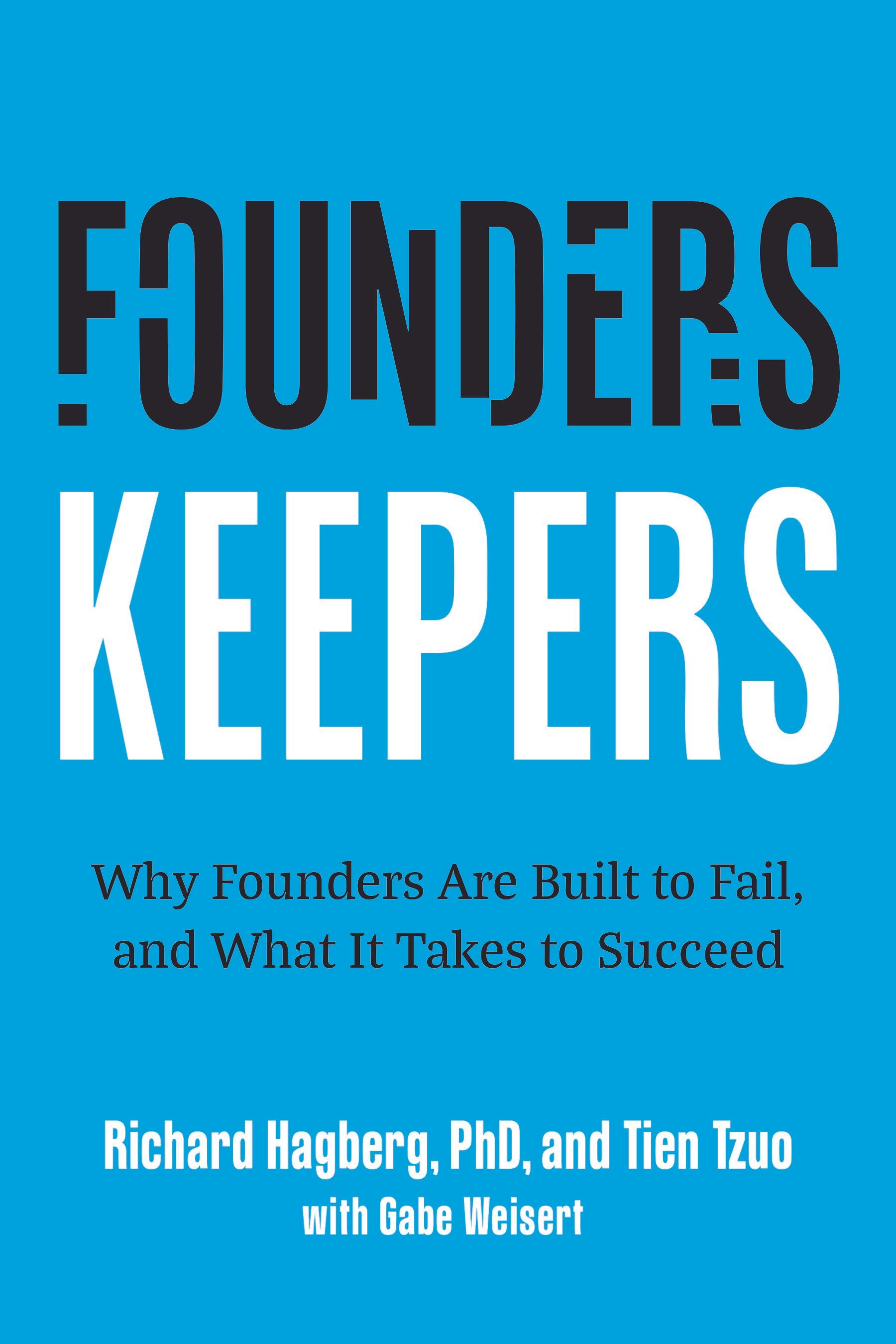Article
From Vision to Reality: How Founders Can Ensure Their Ideas Get Implemented

The Founder’s Dilemma
Founders are fountains of ideas. You see possibilities everywhere, you connect dots others can’t, and you can sell a vision with enough energy to light up a room. But there’s a problem: ideas don’t implement themselves. They need systems, people, and execution discipline.
In my coaching of more than a hundred startup founders—and backed by data from 122 founder assessments—the same challenge comes up again and again: founders are world-class at generating ideas, but their companies stumble when those ideas aren’t translated into action. I have struggled with this tendency for my entire career. My creative ideas just keep bubbling up and my execution discipline and focus can’t keep up. I have the classic “shiny object” distraction problem shared by many founders. The irony? The very traits that made me a classic visionary evangelist—creativity, independence, impatience, and risk tolerance—are the same traits that made execution difficult.
If you want your ideas to live beyond a brainstorming session, you must learn to do what feels unnatural: offload execution, delegate real authority, and empower others to carry your vision forward.
Why Great Ideas Die Without Execution
Most failed ideas don’t die because they weren’t brilliant. They die because:
1. The founder keeps ownership too long, trying to do everything personally instead of empowering others.
2. Delegation is fake, with tasks assigned but no real authority granted, leaving the founder still in control.
3. Priorities aren’t clear, so teams are overwhelmed by too many initiatives and unsure of what matters most.
4. Accountability is weak, with no consistent follow-up or consequences when commitments slip.
5. Founders love possibilities but resist discipline, avoiding the planning, sequencing, and focus execution requires.
6. Ideas are left open-ended, because founders generate endlessly but fail to converge on closure and completion.
7. Optimism turns unrealistic, as founders overestimate what’s possible and ignore what could go wrong.
8. Expectations aren’t communicated, leaving teams uncertain about roles, outcomes, and next steps.
9. They rush ahead without buy-in, moving too fast to bring others along and win their commitment.
10. They undervalue operators, failing to leverage managers of execution who can turn vision into systems.
This is what I call the founder time bomb. Early success convinces you that your personal hustle is the engine of growth. But as the company scales, hustle becomes a bottleneck. Unless you shift, your best ideas will choke on lack of oxygen.
Step 1: Translate Vision Into Tangible Priorities
Your job as a founder isn’t to hand down a 37-slide vision deck and hope for the best. Your team needs clarity. That means breaking down your big idea into concrete, winnable battles.
- Set the “critical few”: Define 3–5 top priorities for the quarter.
- Outcome > activity: Don’t assign tasks, define the result (e.g., “Increase retention by 5%”).
- Overcommunicate: If you feel like you’re repeating yourself, you’re doing it right.
One founder I coached changed his company trajectory by beginning every weekly meeting with just three priorities. The noise vanished. His team finally knew what mattered.
Step 2: Practice Real Delegation, Not Fake Delegation
Too many founders think delegation means assigning a task and then hovering over the person doing it. That’s not delegation—that’s micromanagement with extra steps.
Real delegation means:
- Handing over ownership, not just chores.
- Giving the decision rights along with the responsibility.
- Accepting that “80% their way” may be better than “100% your way.”
Here’s a phrase worth practicing: “You own this. You don’t need my approval.” Few sentences are harder for founders to say. Few sentences build more trust.
Step 3: Build a Culture of Accountability Without Becoming a Tyrant
Accountability is where many founders stumble. They either avoid conflict (hoping problems fix themselves) or they overreact when deadlines slip. Both extremes poison execution.
Healthy accountability requires:
- Clear expectations: No hidden rules or shifting targets.
- Visible commitments: Public goals build peer pressure to deliver.
- Rhythms of review: Regular check-ins that aren’t nagging but structured.
- Consequences: Underperformance addressed quickly, not ignored.
Accountability isn’t punishment—it’s support. It says, “I expect the best from you because I believe in you.”
Step 4: Share Information Like Oxygen
Execution thrives on information. Yet many founders hoard knowledge—sometimes out of habit, sometimes out of insecurity. Teams can’t execute if they don’t understand the why behind the what.
Empowered teams need:
- Transparent dashboards: Everyone sees progress metrics.
- Context, not just orders: Explain reasoning, not just results.
- Accessible strategy docs: Kill the “founder black box.”
When people understand the big picture, they stop running back to you for every decision. They start acting like owners.
Step 5: Invest in Second-Line Leaders
Scaling execution isn’t about having 50 great individual contributors—it’s about having 5 managers who can each lead 10 people effectively. Yet many founders neglect their managers, focusing instead on product or fundraising.
Strong second-line leaders can:
- Translate your vision into plans.
- Coach their teams instead of doing the work themselves.
- Spot and develop talent below them.
Your leverage point is not how many people you personally manage, but how many leaders you multiply.
Step 6: Watch Out for Founder Autopilot
Your instincts—boldness, independence, impatience—got you this far. But they can sabotage you at scale. I call this founder autopilot. It looks like:
- Jumping back into execution “just to speed things up.”
- Overloading the team with new initiatives before finishing the old ones.
- Cutting around your managers and making unilateral calls.
The cure is self-awareness. Tools like 360 feedback and coaching help you notice when you’ve slipped back into heroic founder mode instead of scalable leader mode.
Step 7: Celebrate Execution, Not Just Ideas
Most founders glorify the spark of ideation but forget to recognize the grind of implementation. If you only celebrate creativity, you’ll get lots of brainstorming but little delivery.
Shift the culture:
- Spotlight the team that launched, shipped, or solved—not just the one that dreamed.
- Tell stories of execution at all-hands meetings.
- Publicly recognize “builders,” not just “visionaries.”
What you celebrate becomes what your team repeats.
The Founder’s Evolution: From Genius to Builder of Builders
The founder who can’t offload execution ends up as the bottleneck, exhausted and surrounded by frustrated employees. The founder who masters delegation and empowerment evolves into something much more powerful: a builder of builders.
In my research, the difference between founders who scaled 10x and those who flatlined wasn’t idea quality. It was execution quality. The 10x founders learned to empower others, create accountability systems, and step back from doing everything themselves.
The founder who shifts from “I’ll do it” to “I’ll ensure it gets done” makes the leap from fragile startup to durable company.
Closing Thoughts
Ideas ignite companies, but execution sustains them. If you want your vision to shape reality, you must resist the temptation to hold the reins too tightly. Translate vision into priorities. Delegate real authority. Build accountability and transparency. Develop leaders beneath you. And above all, celebrate execution as much as you celebrate ideation.
That’s how founders ensure their ideas don’t die in the brainstorm stage but live on as products, services, and companies that change the world.
share this
Related Articles
Related Articles





